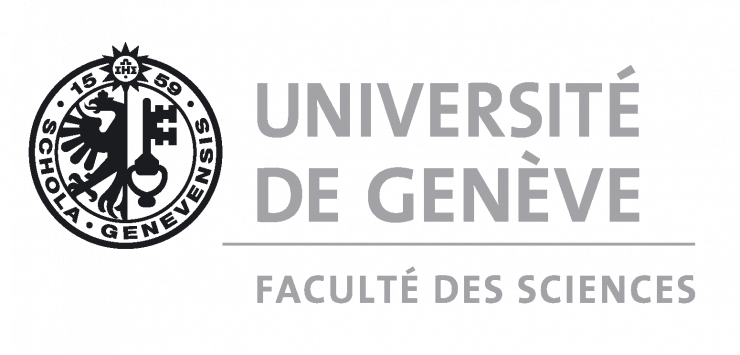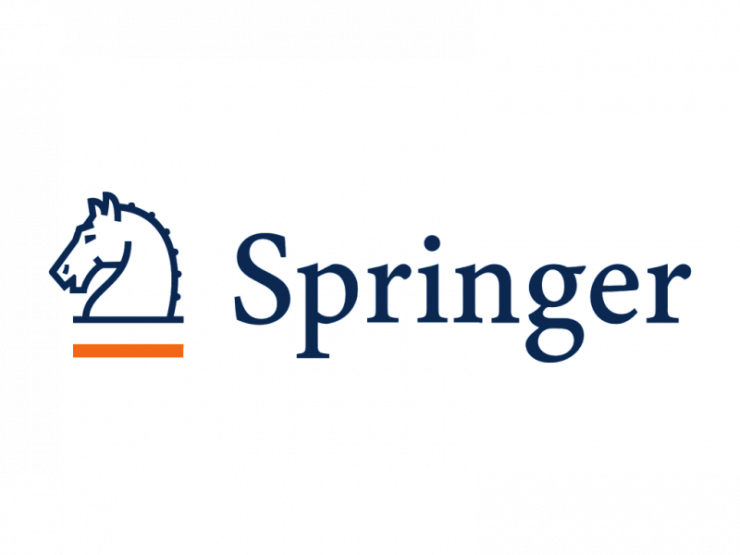
ACRI 2022
Tutorials
Tutorial on Cellular automata and their applications
The goal of this tutorial is to introduce the concepts of Cellular Automata (CA) to PhD students and
young researchers, and to demonstrate its importance and relevance with respect to the
scientific approach and the way to formulate a question related to natural phenomenon et complex systems.
Part I: Basic Concepts
Bastien Chopard, Jean-Luc Falcone
By alternating theoretical concepts with short practical exercises, we will present the motivation to use
cellular automata as a modeling methodology. The basic definitions will be given together with historical notes
that will focus on the idea of self-reproducing systems. Then, the fundamental ideas related to the modeling of
natural phenomena will be presented, in terms of a fully discrete mathematical abstraction of the physical universe.
Several simple and less simple CA rules will be considered as examples which illustrate the emergence of complexity,
self-organization, emergence and spatio-temporal patterns. Finally, simple traffic models will be discussed,
as well as lattice gases, which are a way to model a fluid flow and which eventually evolved to the now famous
Lattice Bolttzman methods.
At the end of this first part, the participants1 should have an overview of the modeling capabilities of CA, as well as a basic
computer code that runs on any web browser allowing them to explore several simple rules and systems.
Part II: Selected Applications
Antisthenis Tsompanas, Georgios Sirakoulis
Following from the first part of the tutorial, some selected applications will be further described to understand
the developmentof the modeling methodology derived from a specific mathematical description. In specific, the modeling
of the Belousov-Zhabotinsky class of chemical reactions will be presented utilizing CAs. This class of reactions
is well-known for being utilized as a substrate to solve diverse problems, thus, a medium for unconventional computations.
Whereas, these unconventional computers do not aspire to replace their silicon-based counterparts in the eminent future,
they are perfect examples of truly ubiquitous computing and paradigms of broader computational thinking.
Moreover, this application will be demonstrated with several short practical exercises, for participants to experiment
upon different occasions. The basic Boolean logic gates (NOT, AND, OR) will be replicated in the CA simulated chemical medium.
Also, more complicated logic functions will be implemented such as binary adders.
At the end of the second part, the participants should have the experience to transform any Partial Differential Equation
into a local rule for CA. Also, they will have a computer code that runs on any web browser that will allow them to implement
the representation of the basic logic gates on chemical media as presented during the tutorial and, even,
experiment to discover their own novel architectures of logic gates.


